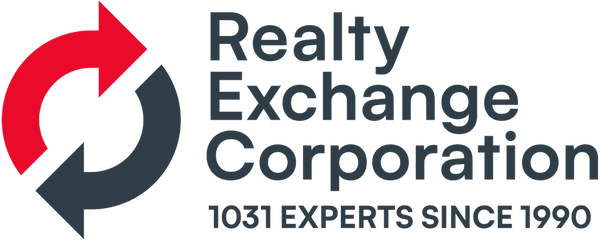1031 Exchange Strategy
An individual can do a 1031 exchange and reduce the 3.8% Medicare tax. A lot has been written on the impact of the 3.8% surtax on the “unearned income” of high income taxpayers. It is neither a real estate sales nor a transfer tax.
If you sell an investment property with a lot of gain, after January 1, 2013, there is a good chance the taxable gain will put your Adjusted Gross Income (AGI), the last line on page 1 of IRS Form 1040, above the Modified Adjusted Income (MAGI) thresholds, causing you to pay an additional 3.8% Medicare tax. The rules for the tax are in Public Law 111-152 [H.R. 4872] of March 30, 2010. The law also provides different rules for a 3.8% tax on estates and trusts.
Thresholds
The thresholds to determine if you have to pay the 3.8% tax are $200,000 if you are a single tax filer, or $250,000 for joint returns. The tax each year on individuals will be 3.8% of the lesser of (a) net investment income, OR (b) the excess (if any) of the MAGI over the threshold amount.
Net Investment Income
The “net investment income” includes capital gains, passive property rents, dividends and interest income. It also includes income from a business if the investor is not an active participant in the business. Any rental property sold by those who qualify as “real estate professionals” is not considered passive and thus will not be counted as net investment income.
Example: Mr. & Mrs. Smith file a joint return with:
Joint investment income of $150,000
Salaries of $200,000
MAGI $350,000
The 3.8% surtax would apply to $100,000 of income (MAGI of $350,000 minus $250,000 threshold vs. $150,000 of net investment income). Tax would thus be $3,800 (3.8% x $100,000).
In addition, regardless of your income, if you sell a property other than your principal residence, you will pay the capital gains tax at that time, and will have to pay 25% on the recapture of any depreciation allowed. Only if you do a qualifying 1031 exchange can you defer all the capital gain, the depreciation recapture, and avoid any 3.8% tax on those amounts.
Revenue Procedure 2005-14
Those principal residence homeowners who have more gain than the Section 121 exclusion and who also qualify for a 1031 exchange can, in accordance with Revenue Procedure 2005-14, combine the two tax savings and potentially totally avoid the 3.8% tax.
